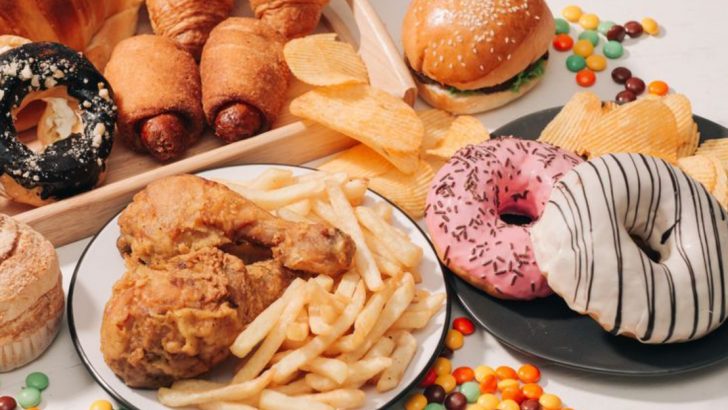Nearly two-thirds of what ends up on American plates has been engineered, refined, and packed with additives most people can’t pronounce. Bright packaging hides the reality: ultra-processed foods now dominate the average diet.
This shift has serious consequences for everything from energy levels to long-term disease risk. Here’s what it really means for your health when 60% of what you eat comes from a factory, not a farm.
1. What Are Ultra-Processed Foods?
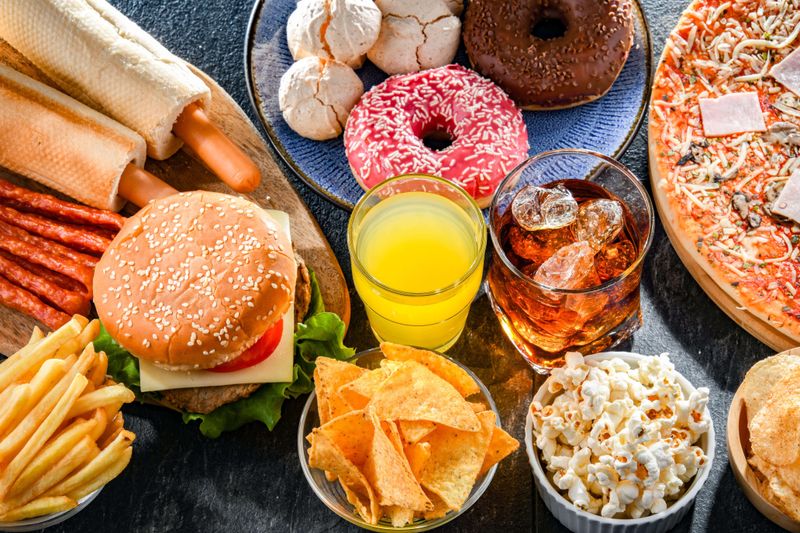
Factory-made food products barely resemble anything found in nature. Think chicken nuggets, frozen pizzas, and sugary breakfast cereals that contain more ingredients from a chemistry lab than a farm.
These foods undergo extensive industrial processing with additives like artificial flavors, colors, sweeteners, and preservatives that extend shelf life for months or even years.
Ultra-processed foods typically come in bright packaging with bold health claims, despite containing minimal nutritional value compared to whole foods. They’re designed to be convenient, affordable, and irresistibly tasty.
2. How Unhealthy Are Ultra-Processed Foods?
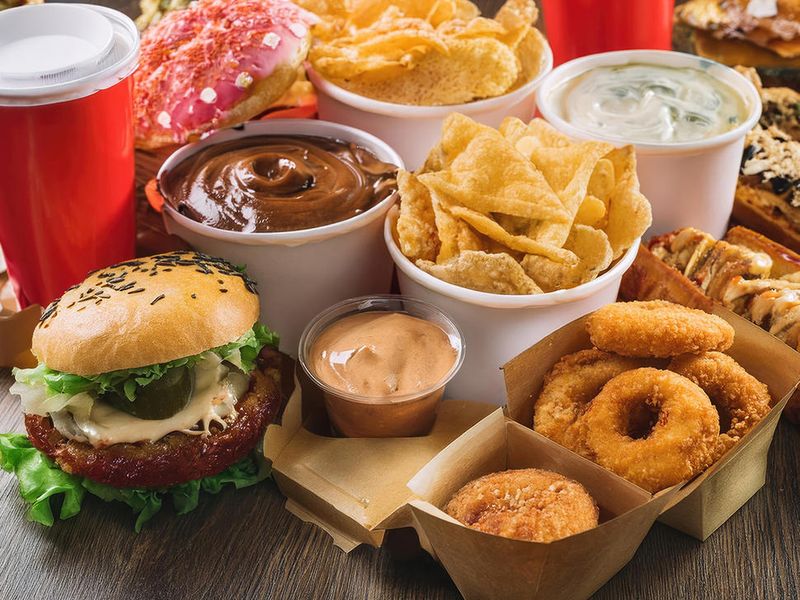
Alarming research links these convenience foods to serious health problems. People eating the most ultra-processed foods have a 62% higher risk of early death compared to those eating the least!
Your waistline suffers too. These products are engineered to override your body’s natural fullness signals, making you eat more than you need.
Beyond weight gain, regular consumption correlates with higher rates of heart disease, diabetes, cancer, and depression. Scientists believe the combination of additives, lack of fiber, and poor nutrient profiles creates this dangerous health cocktail.
3. The Hidden Health Risks Lurking In Everyday Foods
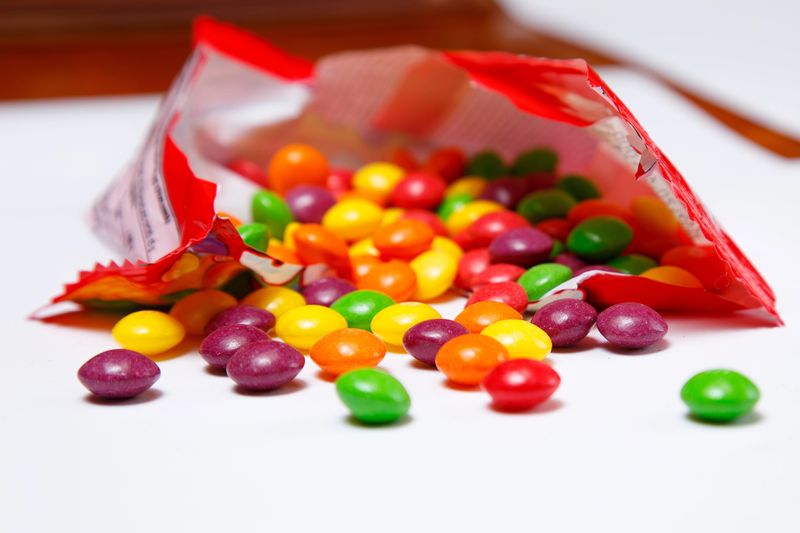
Sneaky food additives hide in places you’d never expect. That innocent-looking yogurt cup might contain more sugar than a candy bar, while your favorite bread likely includes emulsifiers linked to gut problems and inflammation.
Artificial colors aren’t just for candy. Yellow 5, Red 40, and Blue 1 appear in everything from pickles to salad dressings, with studies connecting them to behavioral issues in children. Meanwhile, preservatives like sodium nitrite in processed meats have been classified as probable carcinogens.
Most concerning might be what’s not on the label. Manufacturing byproducts, packaging chemicals, and microplastics have all been detected in ultra-processed foods, with unknown long-term health consequences.
4. Ultra-Processed Vs. Minimally Processed — Know The Difference
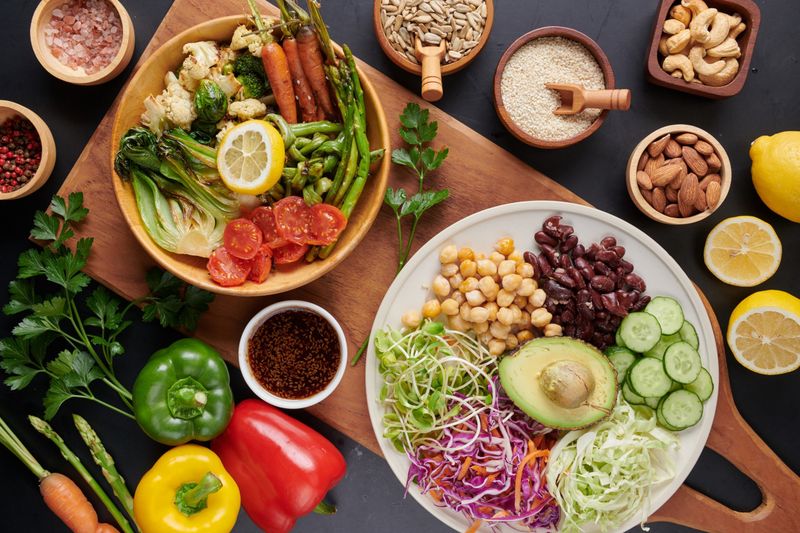
Fresh apples versus apple-flavored fruit snacks illustrate the processing spectrum perfectly. Minimally processed foods undergo simple changes like washing, cutting, or basic cooking while maintaining their natural integrity and nutrient profile.
The middle ground includes foods with added ingredients your grandmother would recognize – like bread made with flour, water, salt, and yeast. These processed (but not ultra-processed) foods have been part of human diets for centuries without causing health epidemics.
Ultra-processed foods, however, contain industrial ingredients never found in home kitchens: high-fructose corn syrup, hydrogenated oils, modified starches, and protein isolates.
5. Simple Ways To Cut Back Without Giving Up Convenience
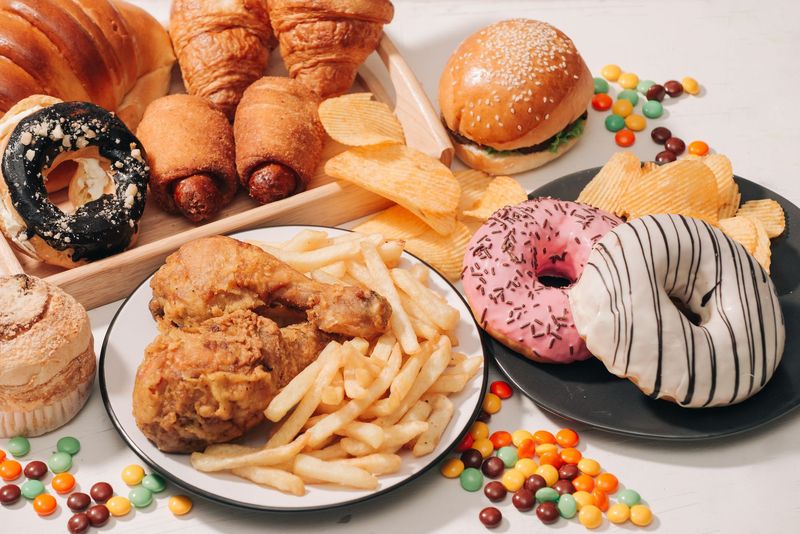
Start small by swapping one ultra-processed item for a less processed alternative each week. Replace soda with sparkling water and fruit, or trade instant noodles for quick-cooking whole grain pasta with jarred sauce and frozen veggies.
Meal prep doesn’t require culinary school! Batch-cook basics like brown rice, roasted vegetables, and simple proteins on weekends. Mix and match these components for quick weekday meals that beat the drive-thru in both time and nutrition.
Read labels like a detective. Choose products with ingredient lists you understand – fewer ingredients generally means less processing. When convenience matters most, look for minimally processed frozen fruits and vegetables, canned beans, and plain yogurt as your kitchen allies.

